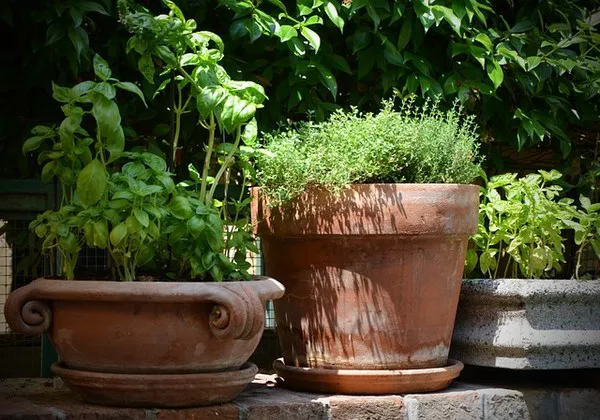Proper watering is a crucial aspect of plant care, but sometimes well-intentioned efforts can lead to overwatering, which can be detrimental to the health of your plants. Recognizing the signs of overwatering is essential for maintaining a thriving garden or indoor plant collection. In this article, we will explore the various symptoms that indicate overwatering and provide valuable insights into preventing this common issue.
Yellowing Leaves
One of the most noticeable signs of overwatering in plants is the yellowing of leaves. This occurs because excessive water in the soil can lead to root rot, inhibiting the plant’s ability to absorb essential nutrients. As a result, the leaves lose their green color due to a lack of chlorophyll production. It is essential to differentiate between yellowing caused by overwatering and other factors, such as nutrient deficiencies or pests.
To confirm overwatering as the culprit, check the soil’s moisture level and assess whether the yellowing leaves are accompanied by wilting or mushy roots. If so, it’s time to adjust your watering routine.
Wilting Despite Moist Soil
While wilting is often associated with underwatering, it can paradoxically occur in overwatered plants as well. When roots are consistently saturated, they struggle to absorb oxygen, leading to a condition known as root suffocation. This lack of oxygen causes the plant to wilt, even though the soil is still moist.
To determine if overwatering is the cause, gently inspect the roots. Healthy roots are firm and white, while overwatered roots may appear brown and mushy. Adjusting the watering frequency and improving soil drainage can help alleviate this issue.
Mold or Fungus Growth
Overly damp soil creates an ideal environment for mold and fungus to thrive. If you notice a fuzzy, mold-like growth on the soil surface or near the base of the plant, it may be a clear indication of overwatering. Mold and fungus can exacerbate root rot, further compromising the plant’s health.
To address this, reduce watering frequency and ensure proper air circulation around the plant. Additionally, consider using well-draining soil to prevent waterlogged conditions.
Edema and Blisters on Leaves
Edema, characterized by the formation of blisters or raised bumps on the leaves, is another visible sign of overwatering. This occurs when the plant cells fill with excess water, causing them to burst. The result is the development of blister-like structures on the leaf surface.
To mitigate edema, adjust watering practices and avoid watering in the late afternoon or evening when plants are less able to absorb water. Proper ventilation and maintaining consistent humidity levels can also contribute to preventing edema.
Stunted Growth
Overwatered plants often exhibit stunted growth, as the excess moisture hampers nutrient absorption and root development. If you observe that your plants are not reaching their expected height or that new growth is unusually slow, it may be an indication of overwatering.
To address stunted growth, allow the soil to dry out between waterings and ensure that the plant is receiving adequate sunlight. Consider repotting the plant in well-draining soil to promote healthier root development.
Soggy or Smelly Soil
Healthy soil should be moist but not consistently soggy. Overwatering can lead to waterlogged soil, which in turn creates an anaerobic environment, lacking the necessary oxygen for root health. Soggy soil may emit a foul smell, indicating the presence of harmful bacteria.
To rectify this, allow the soil to dry out between waterings and consider improving soil drainage. Repotting the plant with fresh, well-aerated soil can help restore a healthy root environment.
See Also Do Plants Have Consciousness? A Closer Look
Conclusion
Recognizing the signs of overwatering in plants is crucial for maintaining a thriving garden or indoor plant collection. Yellowing leaves, wilting despite moist soil, mold or fungus growth, edema, stunted growth, and soggy or smelly soil are all indicators that your plants may be receiving too much water.
To address overwatering, it’s essential to adjust your watering routine, improve soil drainage, and provide proper ventilation for your plants. Regularly monitoring your plants, understanding their specific water requirements, and making necessary adjustments will contribute to their overall health and longevity.
By being attentive to the needs of your plants and responding promptly to signs of overwatering, you can ensure a vibrant and flourishing garden that brings joy and beauty to your home.


